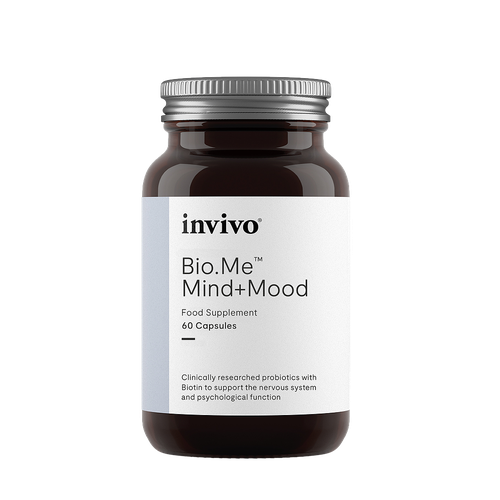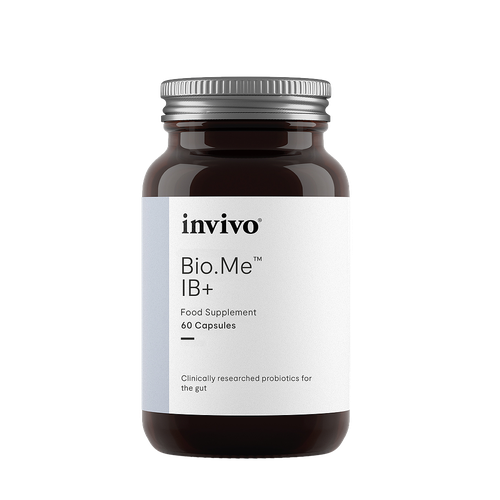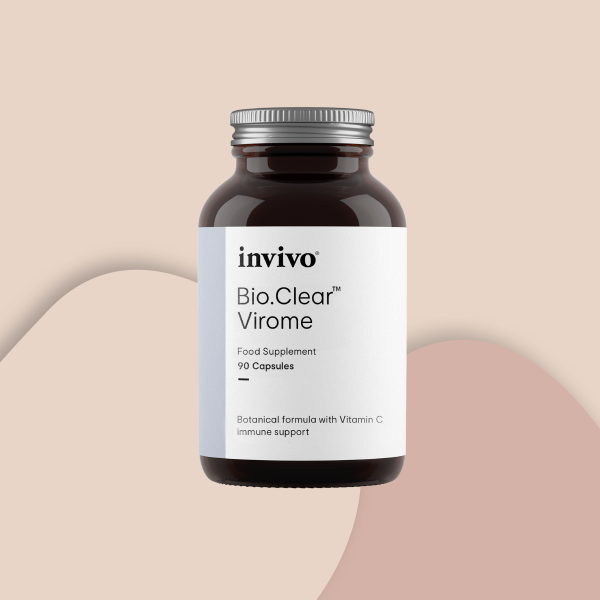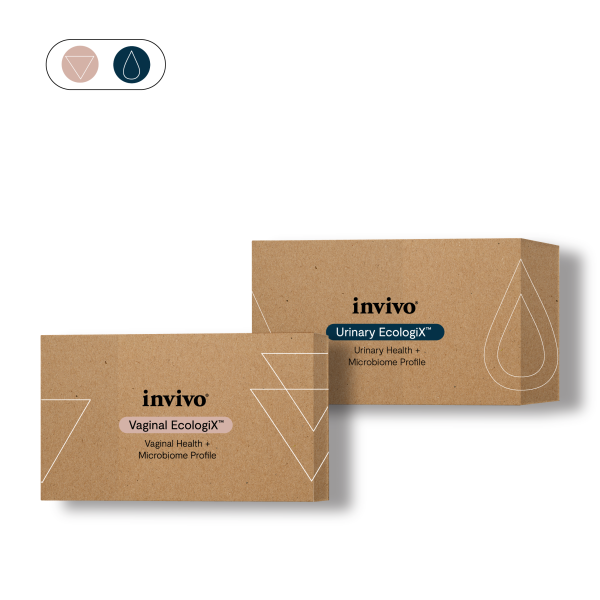Mothers Milk Dha Testing
-5u4f1a.png)
Why measure breast milk omega-3s?
✓ Omega-3 DHA is an important component of a baby’s developing brain✓ Baby’s best source for nutrition, including DHA, is breast milk✓ Breast milk from American mothers is very low in DHA
✓ Mums can increase the amount of DHA in their breast milk through diet and/or supplements
Why OmegaQuant’s Mothers Milk DHA Test?
✓ Uses novel “dried milk spot” technology ✓ Simple and safe: Only need 1 drop of breast milk! ✓ Hassel-free: Your test kit will have everything you need✓ Get your results in 5-7 working days
-blebcp.png)
Test Options
Test kits include the collection kit with full instructions, and a results report emailed to you within 5 days after we receive your sample. The results report includes your breast milk DHA level plus useful information about how to improve your score.
For Nursing Mums
Find out how much DHA your baby is getting from your breast milk with the Mother’s Milk-DHA Test.
For Pregnant Women
Your diet during pregnancy affects the amount of DHA your foetus receives as well as the amount that will be in your breast milk. You can measure your blood levels of EPA+DHA with the Omega-3 Index kit while you are still pregnant and then measure your breast milk DHA once you start breastfeeding.
Frequently Asked Questions for the Mother’s Milk DHA Test
Why are omega-3s important?
DHA, the most abundant omega-3 fatty acid in the brain and retina, is a particularly important factor in the first two years of a child’s development. DHA assists in brain and eye development and function, and supports healthy heart function.
Does it matter if I use fresh or frozen breast milk?
No, either will work.
Do I have to take my breast milk sample at a certain point during the feeding?
No, you may take it at any point during the feeding. Although breast milk has a higher fat content at the end of the feeding, the percentage of DHA remains the same.
How often should I measure the DHA in my breast milk?
If your DHA levels are optimum with your first testing, and you maintain the same health status, diet, and/or supplements, then once is enough. However, if your levels are low, and you decide to increase your intake of DHA (via fish or fish oil pills), then you can take the test as soon as two weeks after your previous test. (It only takes two weeks to change the levels of DHA in your breast milk!)
Due to differences in metabolisms, and a variety of other health issues, the right amount of DHA can vary between individuals. Current recommendations are that lactating women consume at least 200 mg of DHA per day. The average intake for women in their 20s-30s in the United States is about 55 mg per day.
There are thousands of studies on the role of, and need for, DHA during pregnancy and after birth. Like virtually all areas of human nutrition, there is some controversy about DHA as well. Some believe that even the low levels of DHA in the breast milk of American women is good enough for babies. Others contend that higher levels (like those in Japan, where DHA levels are eight times higher than in the United States) give babies an intellectual “head start.”
1) The brain contains large amounts of DHA.2) DHA has to come from mom in utero, and needs to be in formulas/breast milk after birth.3) Studies have shown behavioral, IQ, and developmental benefits of higher DHA levels in the infant diet, whereas others have not.4) Breast milk levels of 1% (compare to the less than 0.2% in American milk) are completely safe for the baby. All baby formula makers now enrich their products with DHA, and often to levels that are higher than commonly found in American breast milk. The reason for this is to match the worldwide average DHA level in human breast milk (about 0.32%).
Have Another Question? Get In Touch!




